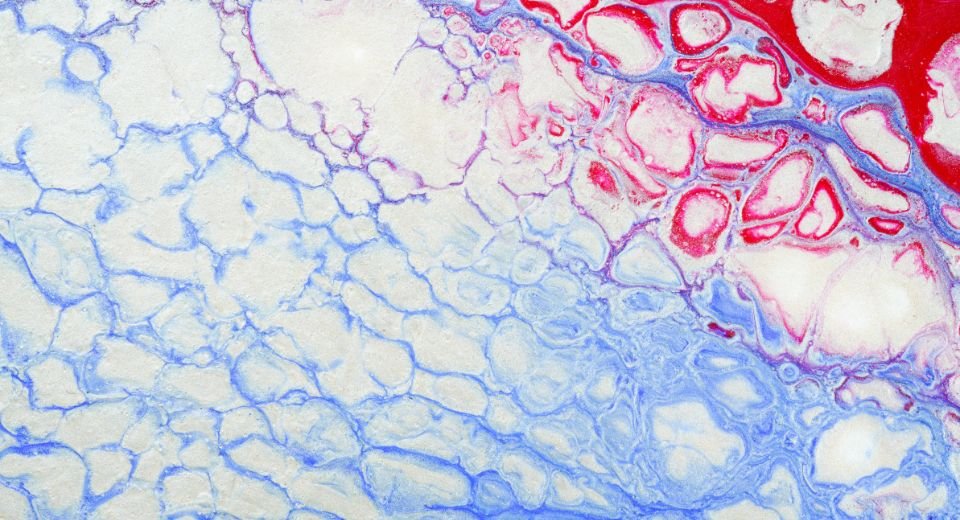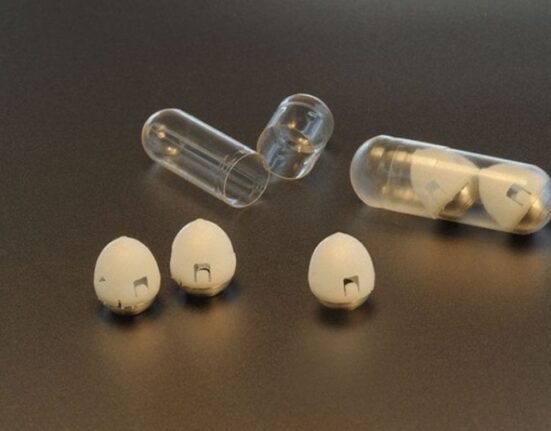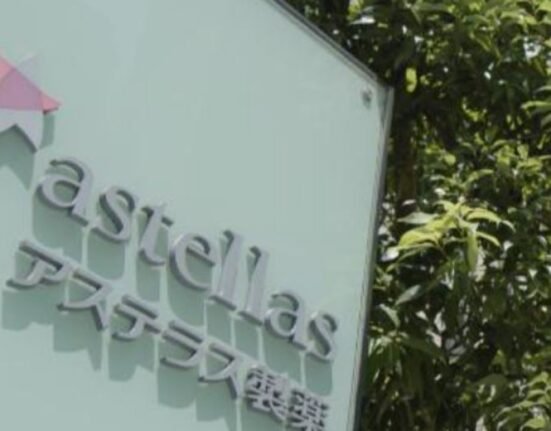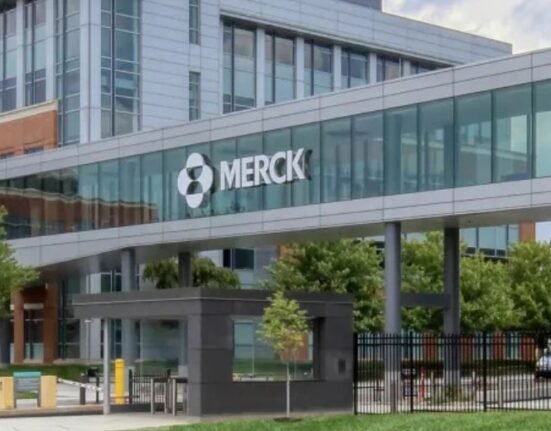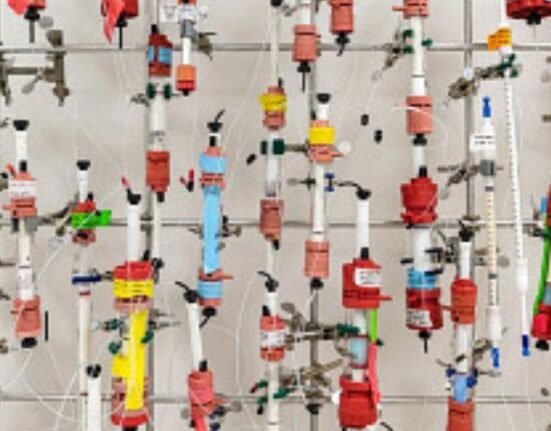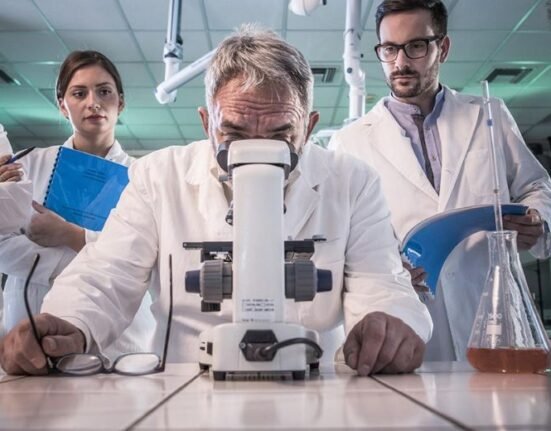Pfizer’s hemophilia trial cure shows a 92% cut in bleeds
HQ Team
May 30, 2023: Pfizer Inc.’s phase III experimental therapy for treating hemophilia has shown a 92% reduction in bleeding compared to other existing cures, the US-based company stated.
Hemophilia, an inherited bleeding disorder in which the blood does not clot properly, can lead to spontaneous bleeding as well as bleeding following injuries or surgery.
The therapy, marstacimab, is based on an investigational anti-tissue factor pathway inhibitor for the treatment of hemophilia A or B. Inhibitors are agents that interfere with a chemical action or a substance that reduces or suppresses the activity of another substance.
Instead of replacing missing or insufficient clotting factors, marstacimab targets one of the body’s natural mechanisms that inhibit the initiation of blood clotting.
It was administered weekly with flat — not weight-based — dosing in the trial as a subcutaneous 300 mg loading dose followed by 150 mg once weekly.
Bleeding rates
During the last-stage experimental trials, “marstacimab has met its primary endpoints, having demonstrated statically significant and clinically meaningful effects,” in reducing the annualised bleeding rate, according to the Pfizer statement.
The phase III trial of marstacimab was tested only on patients who did not have any antibodies that stop the production of the blood-clotting proteins called factor VIII or factor IX.
Pfizer was also testing marstacimab in patients with those inhibitors, with data expected to emerge late next year.
“Despite significant treatment advances in recent years, many people living with hemophilia unfortunately continue to experience bleeding episodes and are required to manage their disease with frequent intravenous infusions,” said Chris Boshoff, Chief Development Officer, Oncology and Rare Disease, Pfizer Global Product Development.
“These results support the potential for marstacimab to become the first once-weekly non-factor treatment for people with hemophilia B and a treatment option that helps address the diverse needs of patients with hemophilia A or B without inhibitors.
Factor replacement therapy
“These needs include preventing excessive or potentially life-threatening bleeds, while at the same time reducing the burden of treatment with once-weekly, subcutaneous administration.”
For decades, the most common treatment approach for hemophilia A and B has been factor replacement therapy, which replaces the missing clotting factors.
Factor replacement therapies increase the amount of clotting factor in the body to levels that improve clotting, resulting in less bleeding.
About 25-30% of people with hemophilia A and 3-5% of people with hemophilia B are unable to continue taking factor replacement therapies because they develop inhibitors, according to the statement.
Hemophilia is diagnosed in early childhood and impacts more than 400,000 people worldwide.
The inability of the blood to clot properly can increase the risk of painful bleeding inside the joints, which can cause joint scarring and damage.
Whopping treatment costs
People living with hemophilia can suffer permanent joint damage following repeated bleeding episodes.
“These encouraging results from the BASIS trial demonstrate marstacimab’s potential as a promising subcutaneous treatment option that could offer an improvement over the current standard of care for many living with hemophilia,” said Davide Matino, Assistant Professor of Medicine, McMaster University.
“If approved, marstacimab may both prevent bleeding and reduce the treatment burden that many people living with hemophilia A or B without inhibitors face today.”
Out-of-pocket expenses for prescription drugs for patients with chronic diseases like bleeding disorders are a significant concern, according to the National Hemophilia Foundation.
The average annual cost of clotting factor therapies for a person with severe hemophilia is roughly $300,000.
Medical expenses for a person with severe hemophilia, the most common form of hemophilia, can be twice that. A person with an inhibitor — an immune response to replacement clotting factor —-usually has expenses over a million dollars a year.
Patients need access to replacement clotting factor or another non-factor therapy year-round. Even the “average” hemophilia patient incurs tens of thousands of dollars of expenses monthly due to the treatment. a


